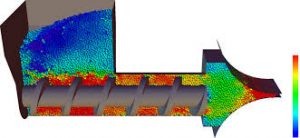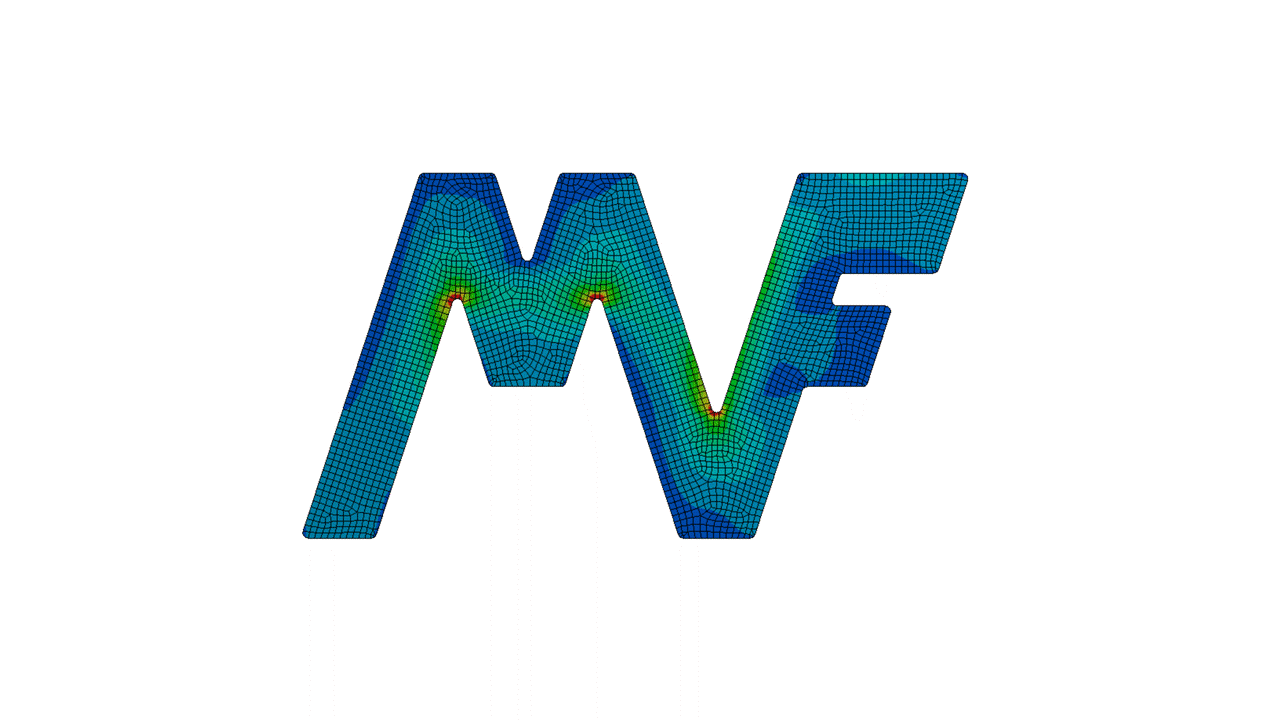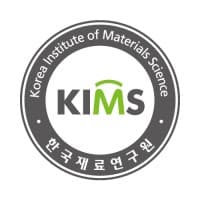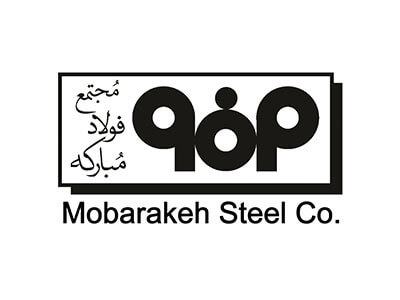Meshfree Element Method
 The Meshfree Element Method (MFEM) is a numerical technique used for solving partial differential equations without relying on a traditional mesh. Unlike conventional finite element methods that require a discretized mesh to define the problem domain, MFEM employs a set of nodes or particles to represent the domain and the solution.
The Meshfree Element Method (MFEM) is a numerical technique used for solving partial differential equations without relying on a traditional mesh. Unlike conventional finite element methods that require a discretized mesh to define the problem domain, MFEM employs a set of nodes or particles to represent the domain and the solution.
Meshfree methods are an alternative to the Lagrangian method in the finite element method (FEM), which allows models with very large deformations and material flows that can not be modeled using the Lagrangian method. Fluid flow modeling, fluid-structure interaction (FSI), superplastic forming, and grain material displacement are well-known examples in this field.
Meshfree in ABAQUS
Abaqus primarily uses traditional mesh-based finite element methods for numerical simulations. However, it does support some advanced techniques that can handle complex geometries and dynamic problems more effectively, although not strictly within the framework of a meshfree method.
Abaqus software uses three techniques in modeling the possibility of using meshless approximations:
Smoothed Particle Hydrodynamics (SPH)
Abaqus has an implementation of SPH for simulating fluids and highly dynamic problems. SPH is a meshless method that represents the fluid domain with particles and is suitable for scenarios involving large deformations and complex fluid interactions.
Coupled Eulerian-Lagrangian (CEL)
Coupled Eulerian-Lagrangian approach, is a method used in Abaqus to handle simulations involving complex interactions between different types of materials or phases, particularly when large deformations and interactions occur. This approach combines the Eulerian and Lagrangian formulations to address problems that are challenging for purely mesh-based methods.
Discrete Element Modeling (DEM)
Discrete Element Modeling (DEM) is not natively implemented as a core feature. However, there are ways to work with discrete elements or particle-based simulations in Abaqus using specific techniques or extensions:
The discrete element method and the smooth particle hydrodynamics method (SPH) are both known as particle methods.
Abaqus Features for Particle-Based Simulations
Abaqus allows the use of custom elements and user subroutines (e.g., UMAT, VUMAT) to define special interactions and behaviors. While not DEM, you can use these capabilities to model particle-like behaviors or interactions in a more controlled manner.
Also, Abaqus provides extensive contact modeling capabilities that can simulate interactions between different components. While this is not equivalent to DEM, it can be used to model interactions between discrete elements or particles within a continuum framework.
Applications
- Using the SPH technique to model the extreme free surface currents of the fluid (such as shock wave) and the very large deformations of structures (such as shock ballistic).
- The separate element method is used to model granular materials and perform analyses such as mixing, separation, deposition, and transport of these materials.
In the future, using the meshfree method in other software will be added to our services.












